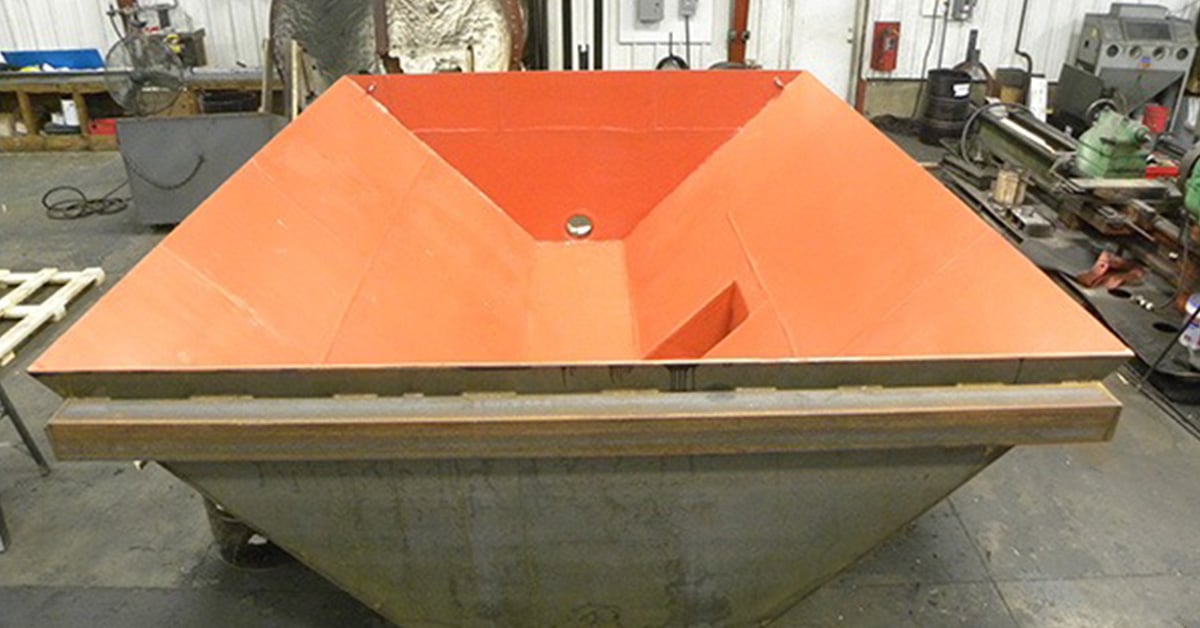 When you think of rubber, the familiar image of synthetic rubber might come to mind, particularly Styrene-Butadiene Rubber (SBR) that dominates manufacturing today. However, the original contender, natural rubber, still holds its ground in industries like chemical, mining, fertilizer, transportation, and environment. In this blog, we'll delve into the enduring relevance of natural rubber and its crucial role in various sectors.
When you think of rubber, the familiar image of synthetic rubber might come to mind, particularly Styrene-Butadiene Rubber (SBR) that dominates manufacturing today. However, the original contender, natural rubber, still holds its ground in industries like chemical, mining, fertilizer, transportation, and environment. In this blog, we'll delve into the enduring relevance of natural rubber and its crucial role in various sectors.
Natural Rubber: The Time-Honored Process
Natural rubber production has maintained its traditional essence, albeit with some modifications. The process commences with the extraction of a milky sap, known as latex milk, from the rubber tree (Hevea Brasiliensis). This sap is the essence of the rubber-making process and has been utilized for over a thousand years. Though initially hailing from South America, rubber trees now span the globe, with Asia accounting for 90% of natural rubber production. Nations like Thailand, Indonesia, and Malaysia stand as its major suppliers. The latex is meticulously processed—dried, chopped, chemically treated, shaped, and eventually vulcanized.
Vulcanization, introduced by Charles Goodyear in 1839, revolutionized rubber's utility. This heat treatment process renders rubber tougher and more resilient, rendering it ideal for contemporary applications.
Diverse Applications of Natural Rubber
The properties of natural rubber grant it exceptional resistance against corrosion and abrasion. It exhibits acid, chemical, and alkali resistance, making it a favored choice for lining machinery exposed to corrosive elements. From chutes to pump housings and fan systems, natural rubber linings offer reliable protection.
Moreover, natural rubber boasts superior abrasion resistance compared to other lining materials. Whether applied to rollers, pulleys, or other equipment components, it thwarts metal-on-metal, sand-on-metal, and various types of abrasion, effectively extending machinery life.
Innovation and Customization
At Sioux Rubber & Urethane, we've harnessed the potential of natural rubber across a myriad of applications. From suction throats to pipes, sand flumes to cyclones, the versatility of natural rubber shines. Additionally, our expertise extends to custom projects, encompassing everything from mixer boots to impellers.
Inherent Qualities of Natural Rubber
Soft natural rubber, available in 40-50 durometer, exhibits remarkable resilience. It arrives in red or black variants, particularly beneficial for applications sensitive to color contamination. Natural rubber comfortably withstands consistent temperatures up to 150°F and intermittent exposure reaching 180°F.
Your Natural Rubber Solution Awaits
Our dedicated sales team stands ready to address your queries regarding natural rubber. We can offer insights into its capabilities and provide tailor-made suggestions to enhance your processes. Don't hesitate to reach out to us today. Discover the enduring potential of natural rubber in modern industry settings.


